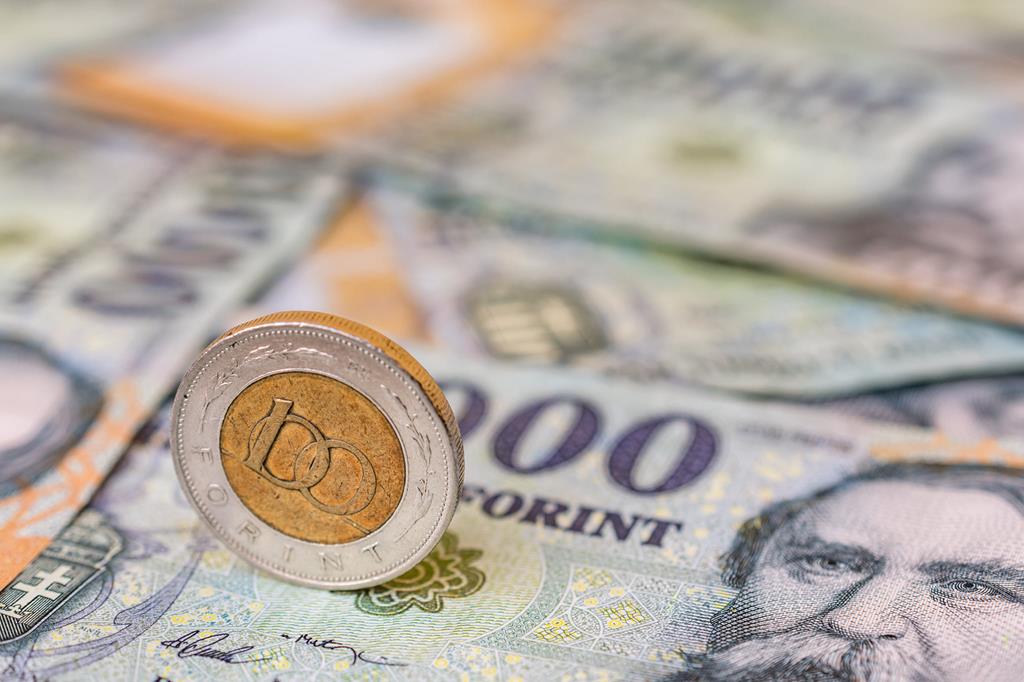After months of weakening, Hungarian forint on positive trend – 370 EUR/HUF coming?

As we have seen in the past months, the Hungarian currency has been on a weakening trend. However, the forint seems to have broken out of this negative loop: it is back in good shape. The question is the same as ever: what does the future hold for the currency? There are predictions in both directions.
Forint on a strengthening trend
The forint performed well in the first third of November. The Hungarian currency managed to move well below the 380 level against the euro for the first time since July (read more HERE). The peak was 376.50, now it is a bit above 377.
If any product traded in a concentrated market (stock, commodity, currency) fails to break through a strong technical level, it will usually bounce back from there, Economx writes. This is what happened to the forint this summer-early autumn as well.
It started to move away from the 370 level, and even went as high as 395 against the euro twice. Most market participants saw that as unjustified weakness. Inflation was still around 20% and the uncertainty around EU funds was prolonged, which may have contributed to the weakening.
However, it started to strengthen over a month ago, helped by several factors. The current account has continued to improve, with a persistently large export surplus, which is the most important factor in the exchange rate, Economx explains.
Another crucial effect was the start of a rapid year-on-year decline in inflation, from 20% to below 10% in a few months. The budget deficit was larger than expected due to the fall in consumption and hence the shortfall in VAT revenues, but remained manageable (lower than in the previous year).
Will the currency break the 370 level?
The question then is whether the summer level of 370 could be broken and, if so, what the impact would be. Currently, export surpluses are very strong, as domestic purchasing power has fallen after the high inflation of the previous year and a half. Thus, imports have also fallen. The continued strong surplus is creating a euro oversupply, which is helping the forint to strengthen.
At the same time, the lower exchange rate of the forint appreciates the Hungarian wage level compared to other European countries. With a higher level of catching-up and a smaller wage gap, labour emigration may decrease and the rate of return to Hungary may increase.
If we assume that the economy will soon emerge fully from the inflation crisis, it may in principle be justified for the forint to return to its pre-crisis level, which was between 345 and 370 against the euro, Economx writes.
Negative predictions also present
According to the recent analysis of the Equilibrium Institute (Egyensúly Intézet), an independent Hungarian think tank, the forint is expected to remain on a weakening path in the future, correcting its current overvaluation. The main reasons for this are the gradual disappearance of the attractive interest rate differential and the continued uncertainties surrounding EU funding. According to the institute’s experts, the euro could return above 400 next year, and even approach 420 in 2025.

